India’s booming aviation sector just hit a major crisis. Meanwhile, Air India was chasing ambitious global growth. It had expanded international flights and targeted key routes to Australia. These included Sydney, Melbourne, and a future service to Brisbane. However, the crash of Flight 171 threw those plans into chaos.
Air India’s plan followed its acquisition by the Tata Group. As a result, the airline launched a complete transformation. It focused on modern aircraft, premium service, and global competitiveness. Still, the tragic crash brought those efforts to a sudden halt.
The accident struck when Air India had started gaining international recognition. Furthermore, it aimed to compete with top airlines from Asia, the Middle East, and Europe. Yet, the crash shifted attention from growth to survival. Now, concerns about safety, oversight, and public trust dominate the headlines.
In response, Air India acted quickly on social media. It updated profile images and shared emergency contacts for affected families. Even so, real recovery demands stronger actions. The airline must now strengthen safety standards and build trust again.
This crisis mirrors the struggles Malaysia Airlines faced in 2014. Similarly, it dealt with global backlash after multiple disasters. Eventually, it rebuilt its brand, proving that recovery is possible. Thus, Air India has a narrow but clear path to redemption.
Overall, the future of India’s aviation sector hangs in the balance. A single airline’s fall could affect the whole ecosystem. Therefore, how Air India reacts next will shape the nation’s global aviation ambitions.
Related stories:
Catch up on the top stories and travel deals by subscribing to our newsletter!

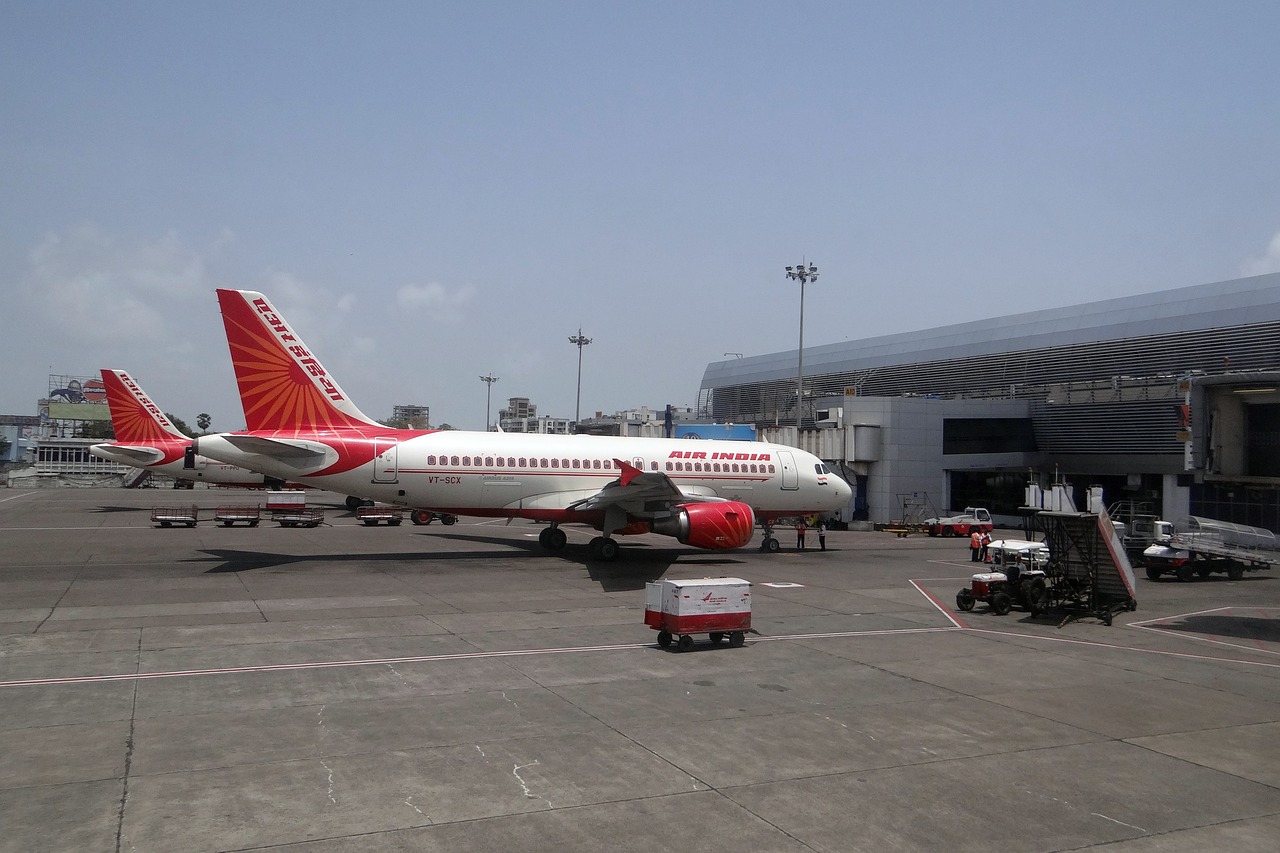


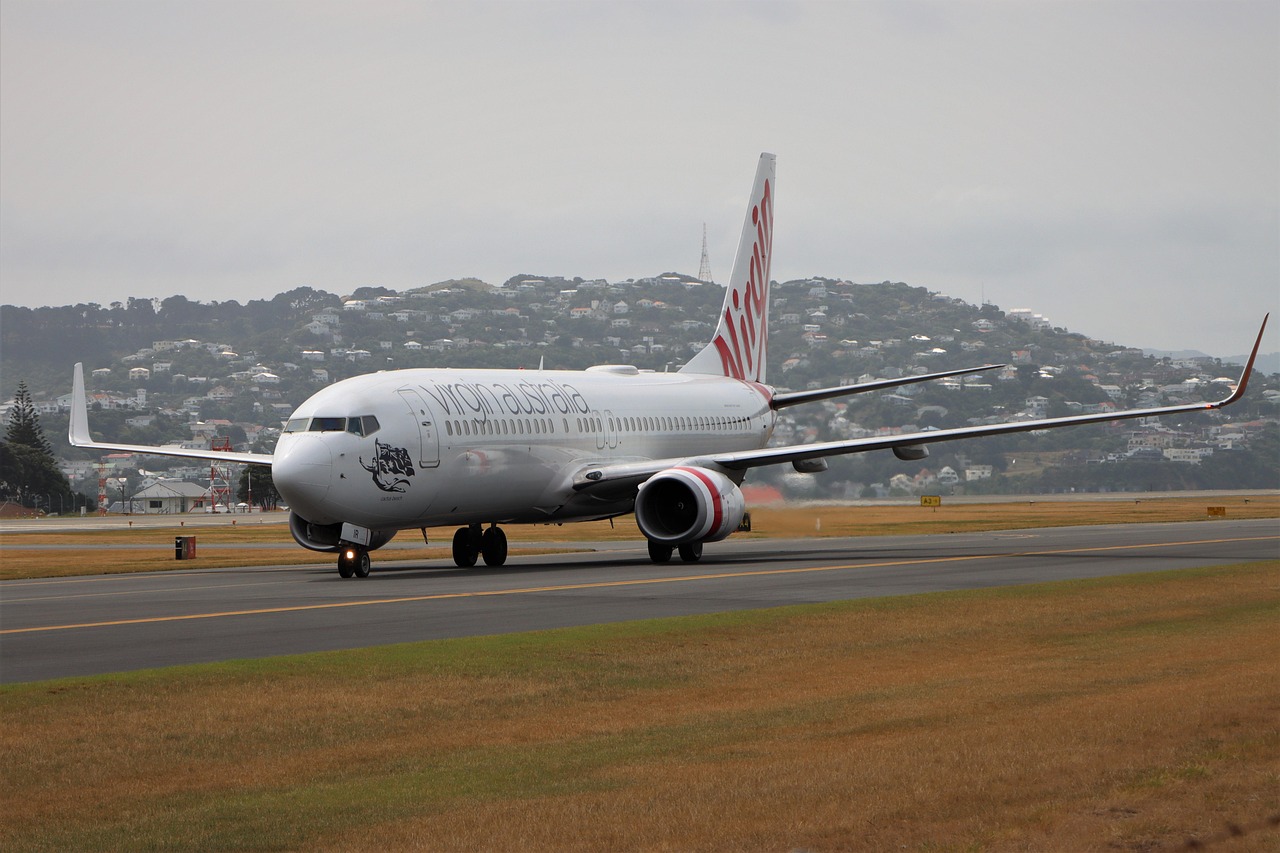
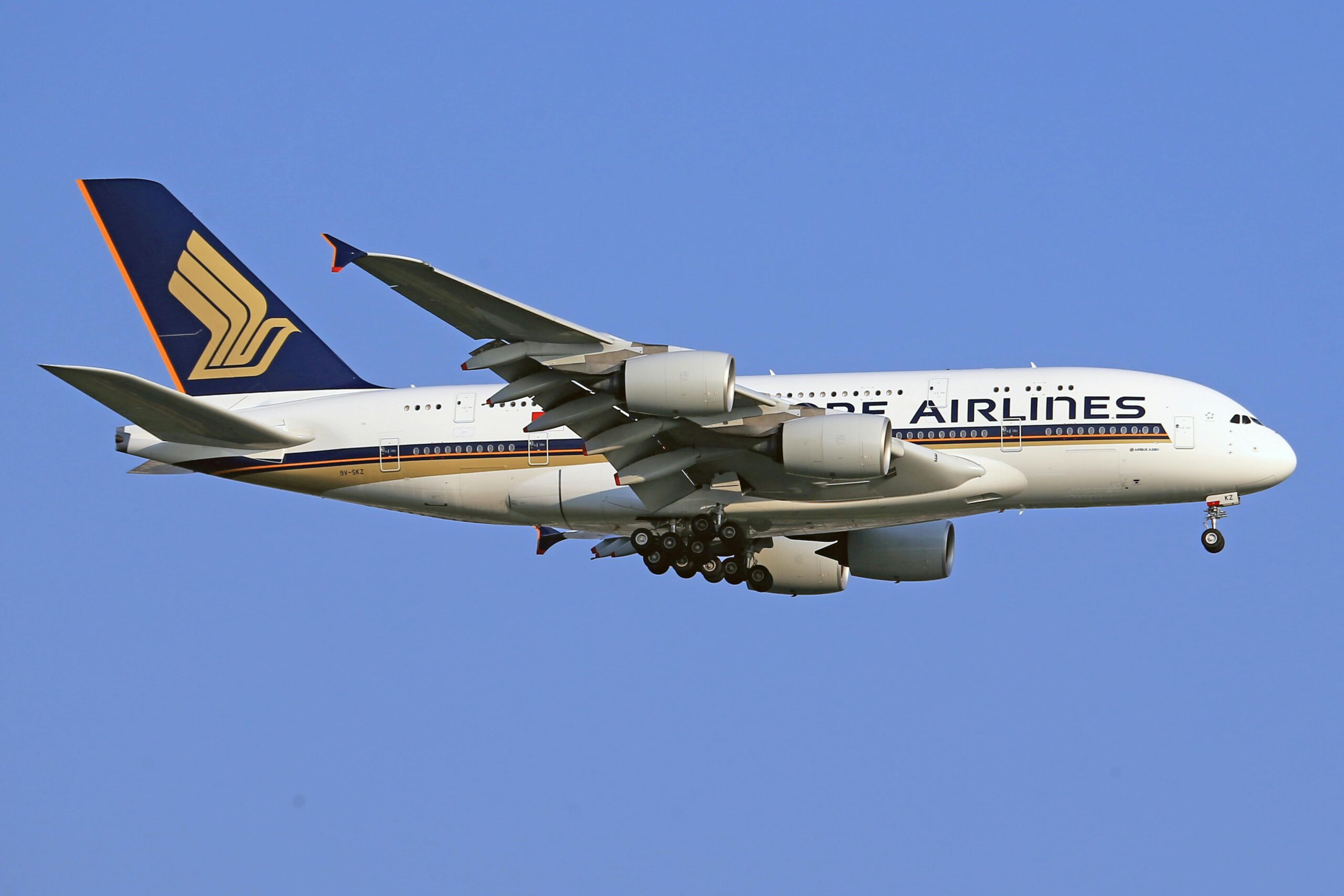
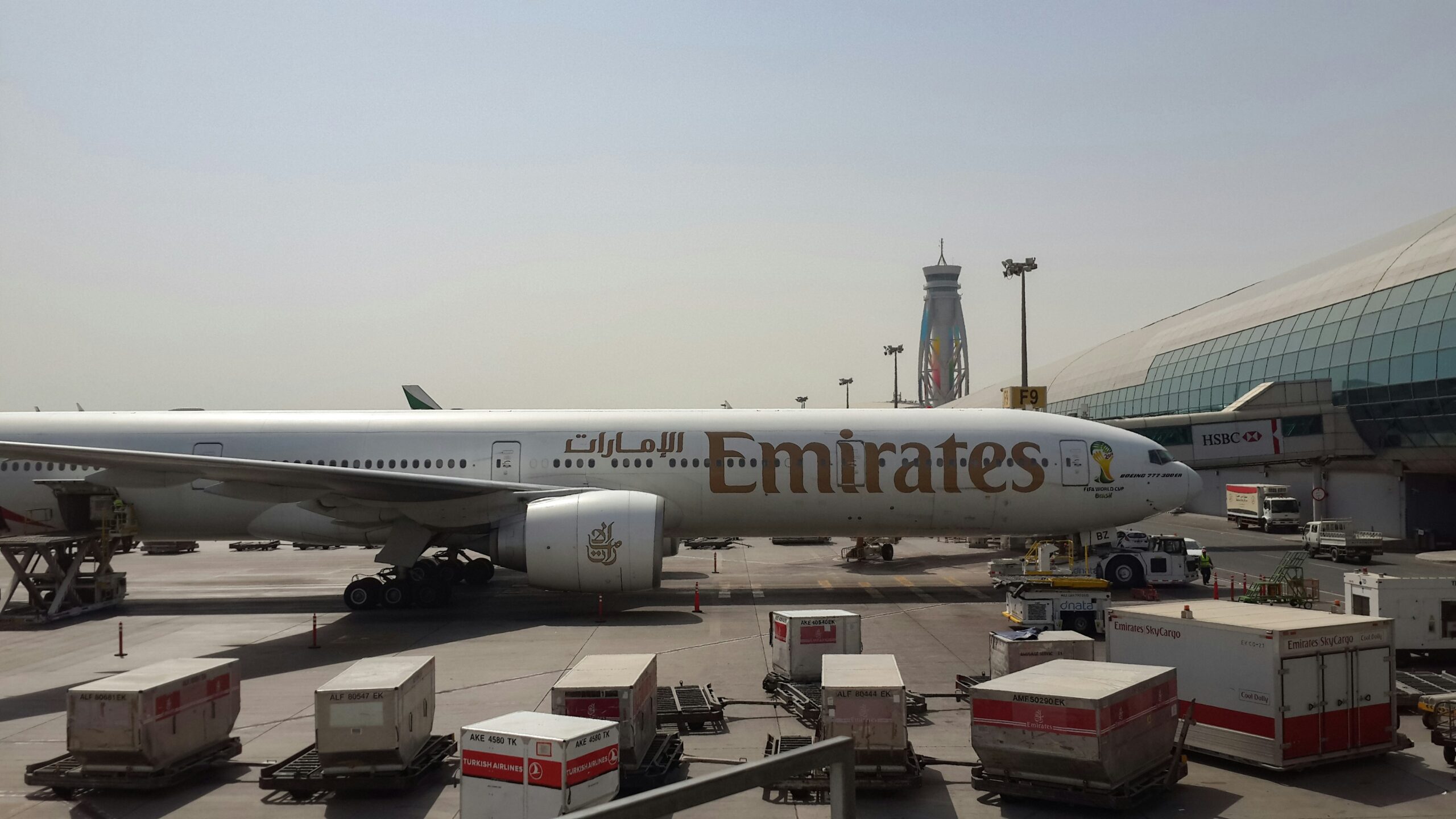
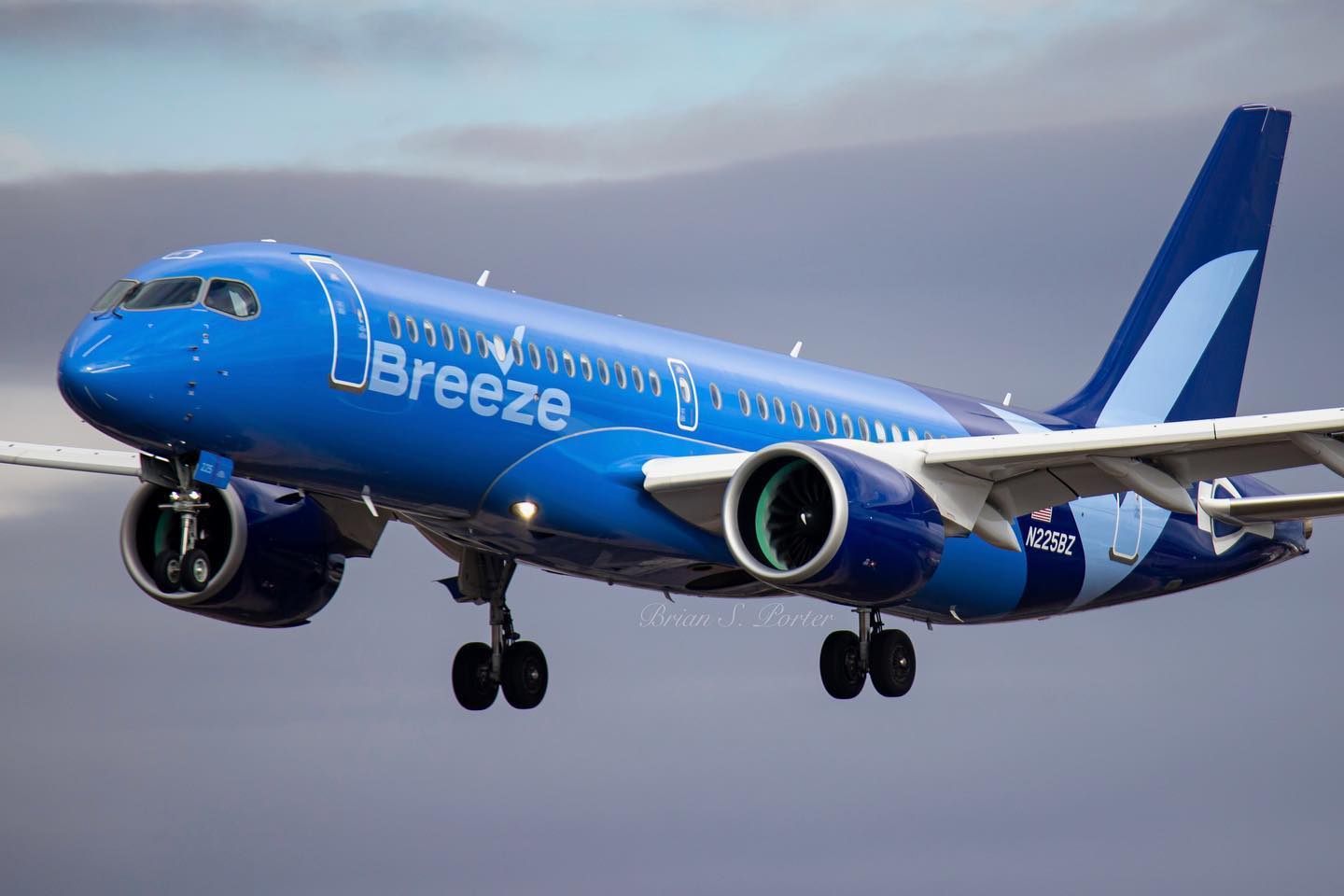




Leave a Reply